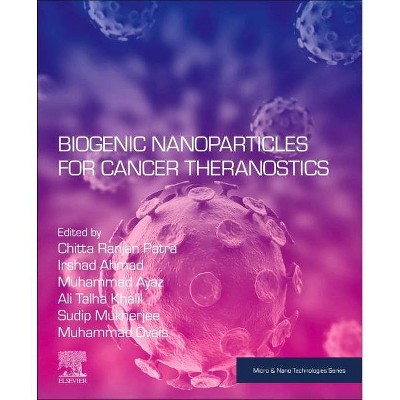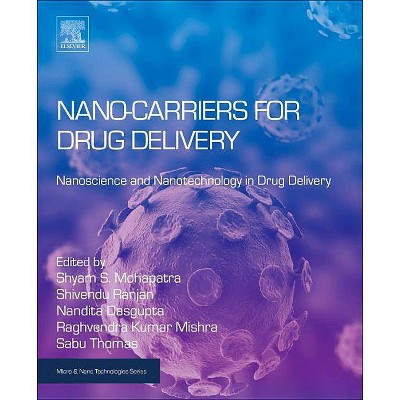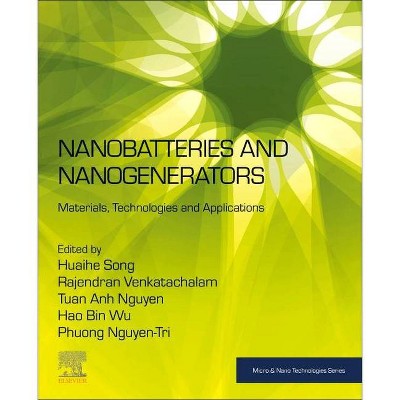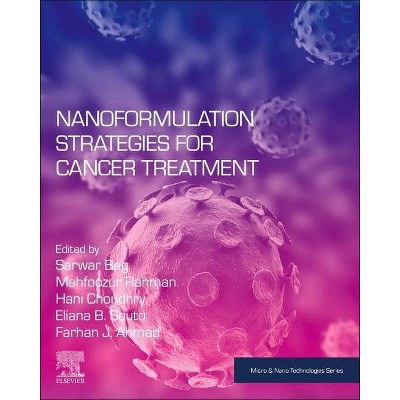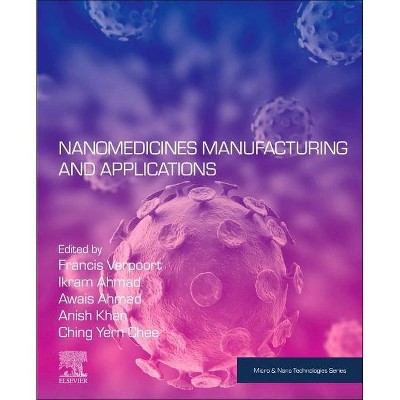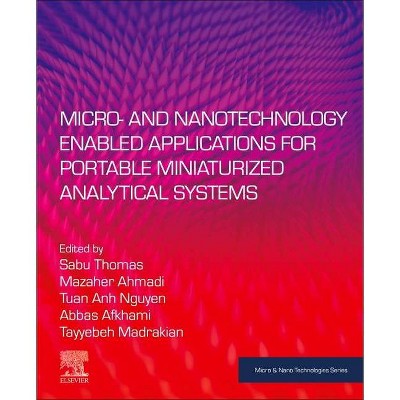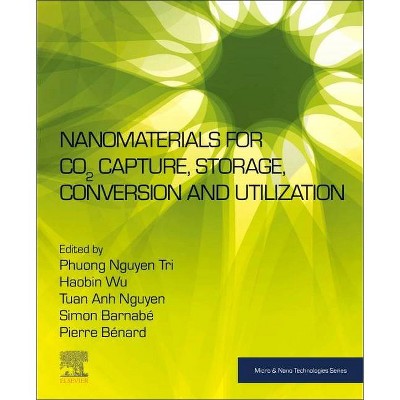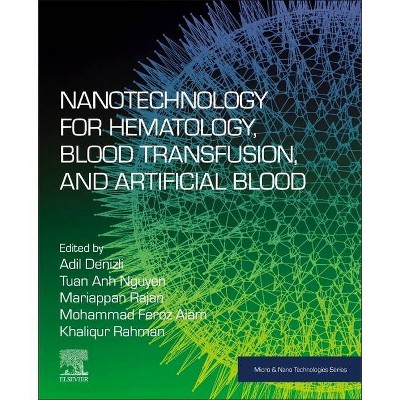Smart Nanoparticles for Biomedicine - (Micro and Nano Technologies) by Gianni Ciofani (Paperback)
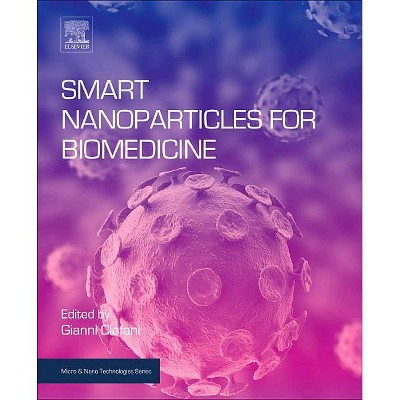
Similar Products
Products of same category from the store
AllProduct info
<p/><br></br><p><b> About the Book </b></p></br></br>"Smart Nanoparticles for Biomedicine explores smart nanoparticles that change their structural or functional properties in response to specific external stimuli (electric or magnetic fields, electromagnetic radiation, ultrasound, etc.). Particular attention is given to multifunctional nanostructured materials that are pharmacologically active and that can be actuated by virtue of their magnetic, dielectric, optically-active, redox-active, or piezoelectric properties. This important reference resource will be of great value to readers who want to learn more on how smart nanoparticles can be used to create more effective treatment solutions. Nanotechnology has enabled unprecedented control of the interactions between materials and biological entities, from the microscale, to the molecular level. Nanosurfaces and nanostructures have been used to mimic or interact with biological microenvironments, to support specific biological functions, such as cell adhesion, mobility and differentiation, and in tissue healing. Recently, a new paradigm has been proposed for nanomedicine to exploit the intrinsic properties of nanomaterials as active devices rather than as passive structural units or carriers for medications. Discusses the synthesis, characterization and applications of a new generation of smart nanoparticles for nanomedicine applicationsExplores the problems relating to the biocompatibility of a range of nanoparticles, outlining potential solutionsDescribes techniques for manipulating specific classes of nanoparticles for a variety of treatment types"--<p/><br></br><p><b> Book Synopsis </b></p></br></br><p><i>Smart Nanoparticles for Biomedicine </i>explores smart nanoparticles that change their structural or functional properties in response to specific external stimuli (electric or magnetic fields, electromagnetic radiation, ultrasound, etc.). Particular attention is given to multifunctional nanostructured materials that are pharmacologically active and that can be actuated by virtue of their magnetic, dielectric, optically-active, redox-active, or piezoelectric properties. This important reference resource will be of great value to readers who want to learn more on how smart nanoparticles can be used to create more effective treatment solutions.</p> <p>Nanotechnology has enabled unprecedented control of the interactions between materials and biological entities, from the microscale, to the molecular level. Nanosurfaces and nanostructures have been used to mimic or interact with biological microenvironments, to support specific biological functions, such as cell adhesion, mobility and differentiation, and in tissue healing. Recently, a new paradigm has been proposed for nanomedicine to exploit the intrinsic properties of nanomaterials as active devices rather than as passive structural units or carriers for medications. </p>
Price History
Price Archive shows prices from various stores, lets you see history and find the cheapest. There is no actual sale on the website. For all support, inquiry and suggestion messages communication@pricearchive.us
